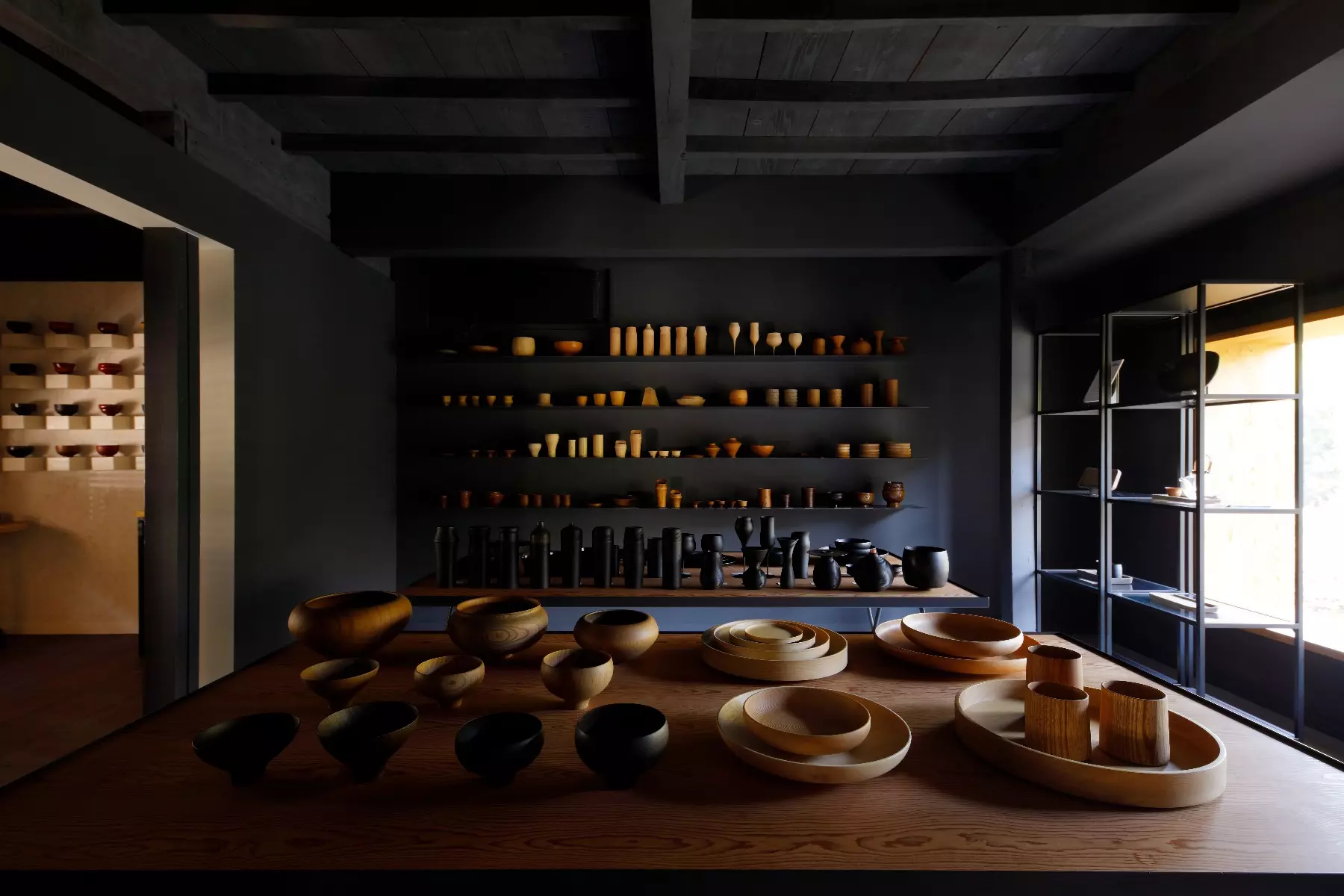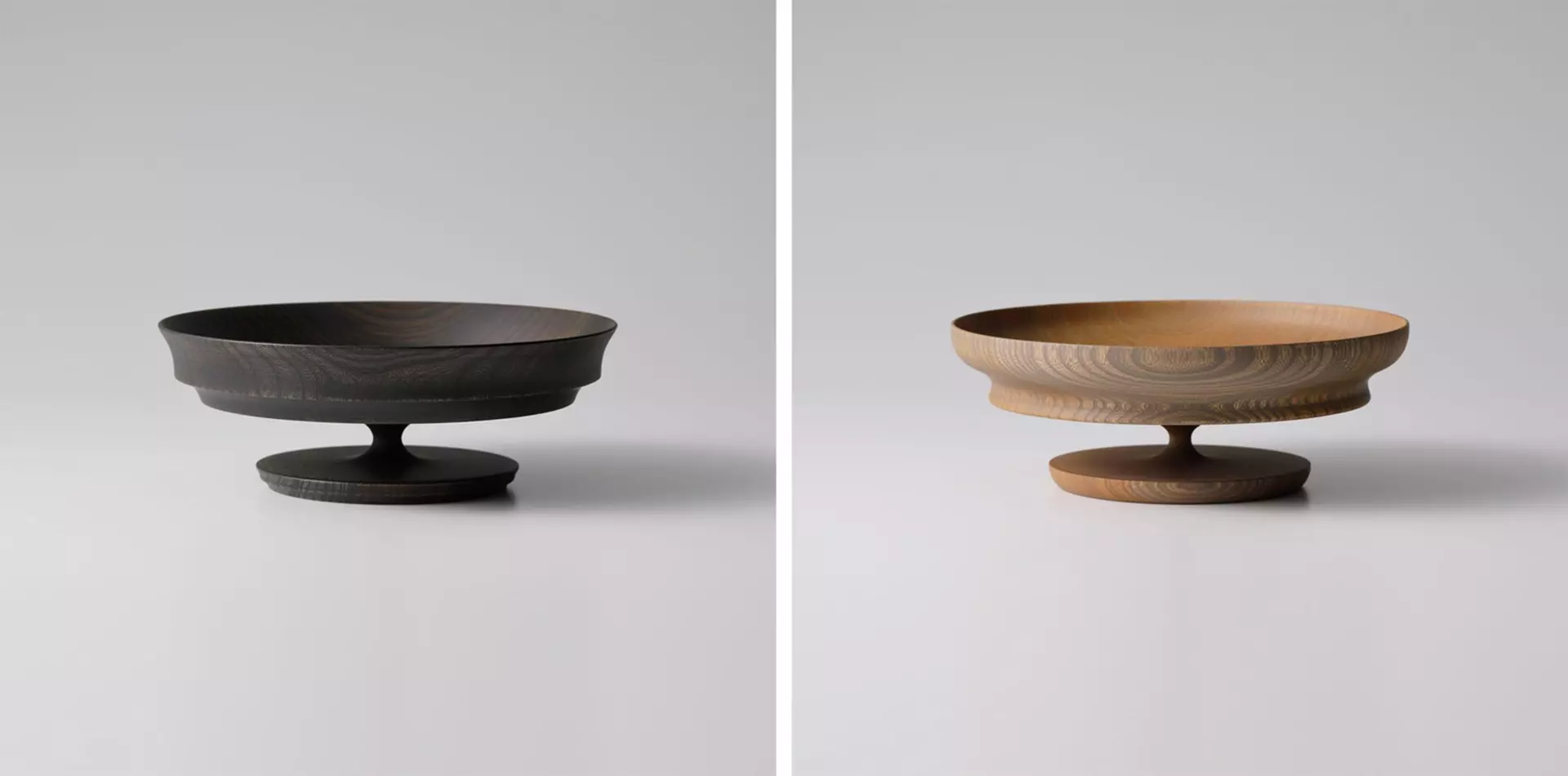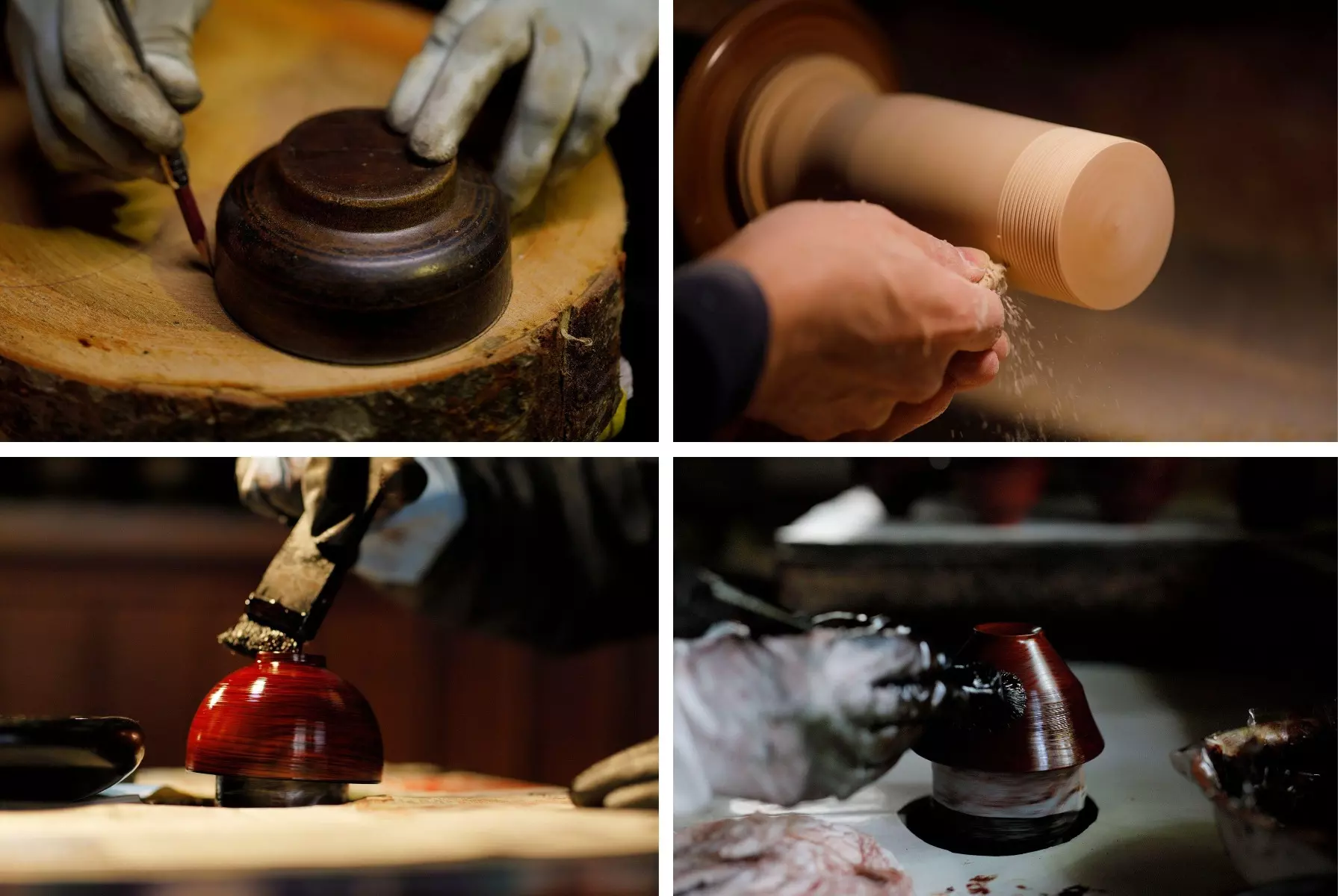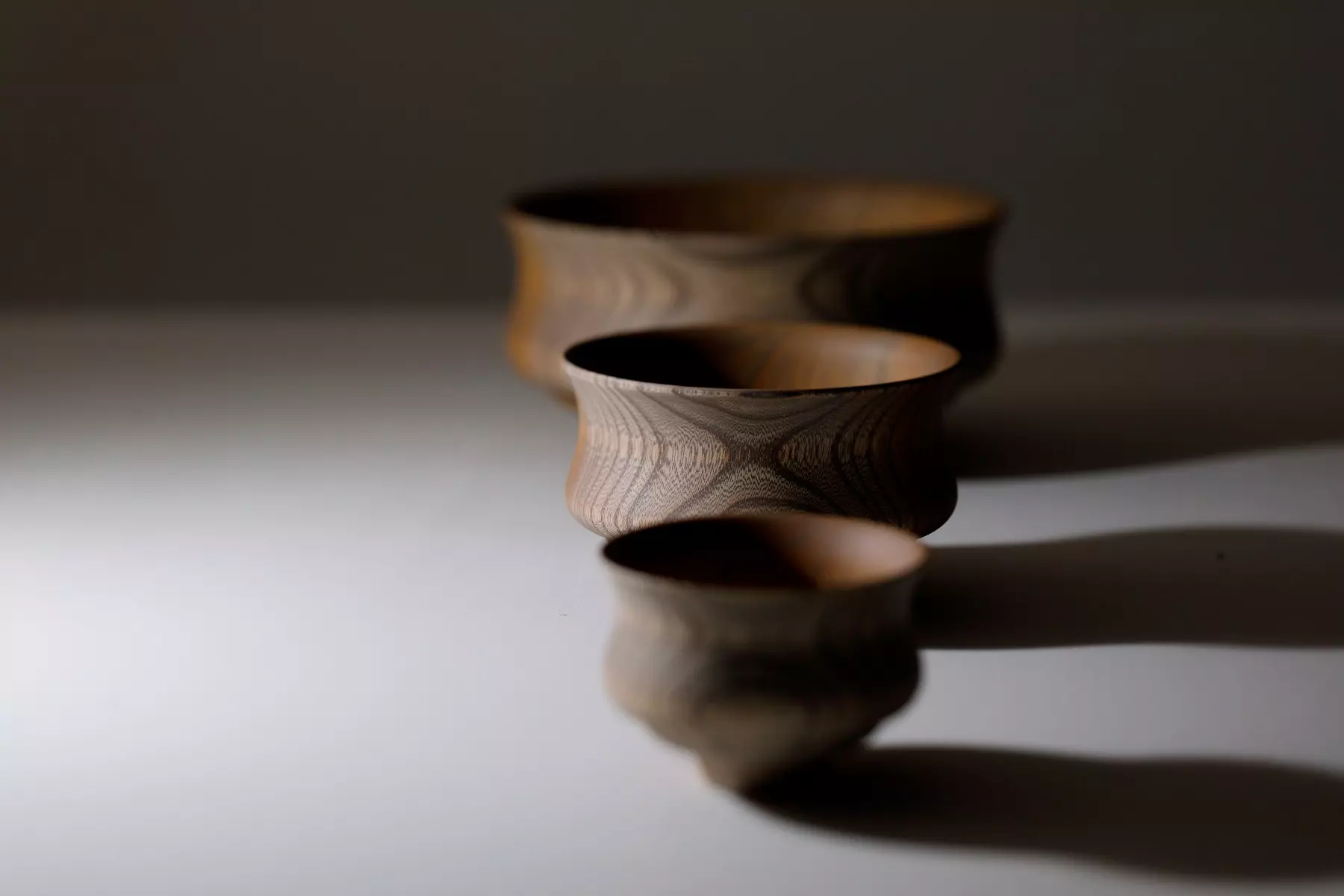Gato Mikio Shouten: Balancing Tradition and Change
Words by: Tanya Singh
Photo Credit: Gato Mikio Shouten
A business spanning four generations, Gato Mikio Shouten is on a journey to keep tradition alive while adapting to continually evolving consumer needs.

"I am always thinking about what to discard and what to change, what is important and what should be protected as I create my products," shared Gato Masayuki, the General Manager of Japan-based homeware brand, Gato Mikio Shouten. As the fourth generation leading the company founded in 1908 by his family, he is on a journey to relive, revive, and rejuvenate the craft of his ancestors. "I really like and sympathize with the skills of craftsmen, and I want to prevent them from disappearing or becoming unnecessary with the times. I have always wanted to pass on the techniques of our ancestors to future generations," he said.
The century-old history of Gato Mikio Shouten is tied to a craft developed about 400 years ago in the Ishikawa Prefecture along the Yamanaka Onsen. At the time, woodworkers or kijishi living in the mountainous region around the onsen started making lacquered wooden bowls and teapots for visitors. As time went on, the craftsmen in the region became more skilled and Yamanaka Lacquerware started to make a name for itself. Gato Sawmill – the original name for Gato Mikio Shouten – was birthed at this time and quickly became a leading name in the industry. Ever since then, the company has strived to keep the craft of the kijishi alive while constantly adapting to a changing world. There was even a time during the war when the local woodturners were subcontracted to make parts of fighter planes.

The economy boom after the war brought in some glorious days for the craft, but Yamanaka Lacquerware also lost some of its woodturners to cheap and fast plastic products. Gato Mikio Shouten, however, remained true to their values and continued exploring the possibilities of the method and material, ensuring that the traditional craft remained relevant. "The next generation updated what they inherited from the first generation with the trends of the world. Otherwise, traditional crafts would have fallen into disuse," explained Gato Masayuki, who has spearheaded collaborations with designers in the recent years, which is his way of ensuring that Yamanaka Lacquerware stays relevant and there is continual demand for the authentic products. "To be honest, I don't really know what constitutes modern. But I have my own measure of what is good and bad, and I'm always conscious of whether there is commonality within the Gato Mikio Shouten collections or whether new products deviate too much from our previous collections," he added.

Gato Mikio Shouten continues to create their tableware using the original traditional method – a three-part process including the techniques of tateki dori, kashoku biki, and fuki urushi. The first step is vertical wood removal or tateki dori. Since wood is made up of fibers, there are certain directions in which the wood can warp, bend, deform, or crack. The process of vertical wood removal makes the wood hard and strong, allowing for thinner processing and the production of objects without distortion. The raw wooden form achieved after the cutting goes through the decorative grinding or kashoku biki process. This is a way for the craftsmen to show off their skills – with between 40-50 different types that could be combined into thousands of different combinations and patterns. The next step, fuki urushi, the process of applying raw lacquer and then wiping it off, makes the wood more durable while keeping the gloss to a minimum. The final product is finished with a urethane coating. "We are the first in the industry to use this finishing method. Urethane coating makes the product even stronger, while allowing the user to enjoy the actual texture and qualities of the material, reducing the price, and making it easier to use and maintain," explained Gato Masayuki.

While the company has achieved enormous success in educating modern consumers about Yamanaka Lacquerware and rejuvenating the dying craft, there is still a long way to go. A large number of current craftsmen are using equipment, tools, and production methods inherited from the generation before them. The machines were all made in the 1960s and haven't seen regular upkeep, which can be quite costly. Each time a machine breaks down, a craftsman is put out of production and a budding artisan from the next generation loses his path. "The number of Yamanaka Lacquerware craftsmen is decreasing dramatically, and simulations show that in 10 to 20 years, the number of woodworkers will be half of what it is now," shared Gato Masayuki.
Working towards a viable solution for such issues, Gato Mikio Shouten plans to open a new factory and production unit by the end of the year. The new space will use newly assembled machines with commercially available parts. The working conditions will be improved along with the salaries of the craftsmen in a bid to encourage the younger generation to look towards a career in woodturning. "In order to sustain traditional crafts, it is not good to have too few or too many craftsmen. It is important to always have the right balance: to keep the right number of craftsmen and to be able to secure the right amount of production. When things sell well, it is easy to run after profits, but the responsibility of continuing traditional crafts means going back to the roots of tradition and keeping an unshakable focus," he said.

 HK$
HK$ SG$
SG$ US$
US$




